Why you should do Cast Drawings
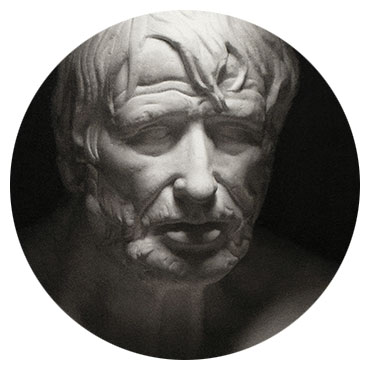
Three reasons for drawing plaster casts
- Plaster casts are three-dimensional but unlike models, they don’t move.
- This allows you to study them in great detail through refined drawings.
- Plaster casts are white.
- Because of this, you can clearly observe the interaction of light and form. This helps you develop a strong sense for communicating form changes through tonal changes in a drawing.
- Good plaster casts are examples of good design.
- Drawing a Bernini bust will make you aware of how the human form can be conceptualized, how tension can be shown, and how there is a fractal harmony throughout these works.
Where to buy high-quality affordable plaster casts?
If you live in the US, I recommend Fountainhead Gipsoteca. You can use the code “Dorian” to get 10% off the full catalogue. If you live in the UK or Europe, I recommend Nicholas H Wood. Both are independent craftsmen and we’ve set up a win-win-win situation: you get access to high-quality materials at lower prices, I earn a small commission, and you directly support the artisans who gain a new customer. ❤️
Examples
Below are some of my cast drawings from my time at Angel Academy of Art. All of them required between two and four months to complete – time spent developing much of my foundational drawing skills. I remember joining the academy and finding it difficult to imagine how I would possibly create one of these images. After many hours of work and sharpening observational skills, framing a finished study was very satisfying. And just as valuable as the new technical ability is the psychological resilience that I formed in the process of completing these works.
Make the most of your cast studies by downloading the Values Guide
where I share my best tips on using tonal values in drawing and painting.

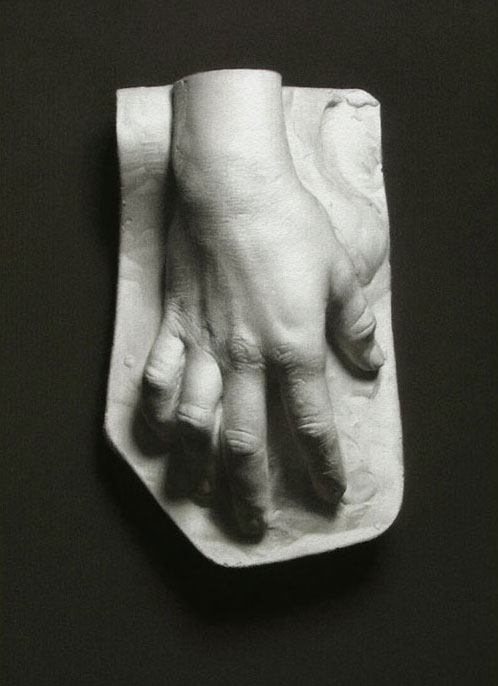
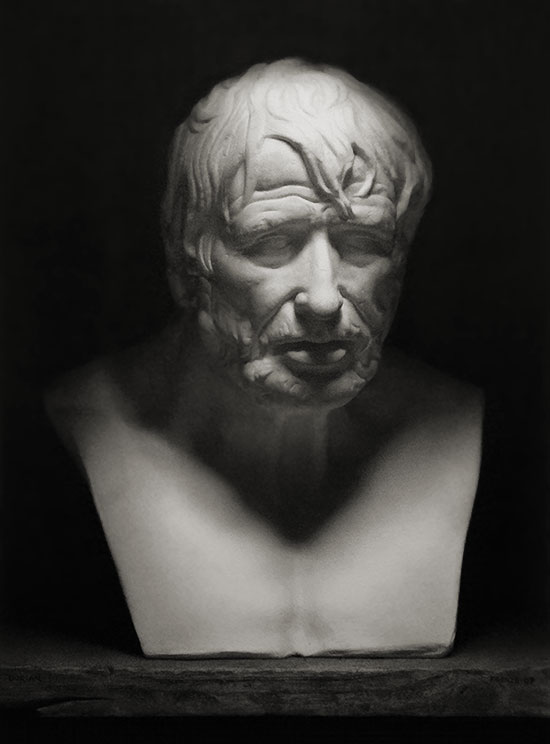
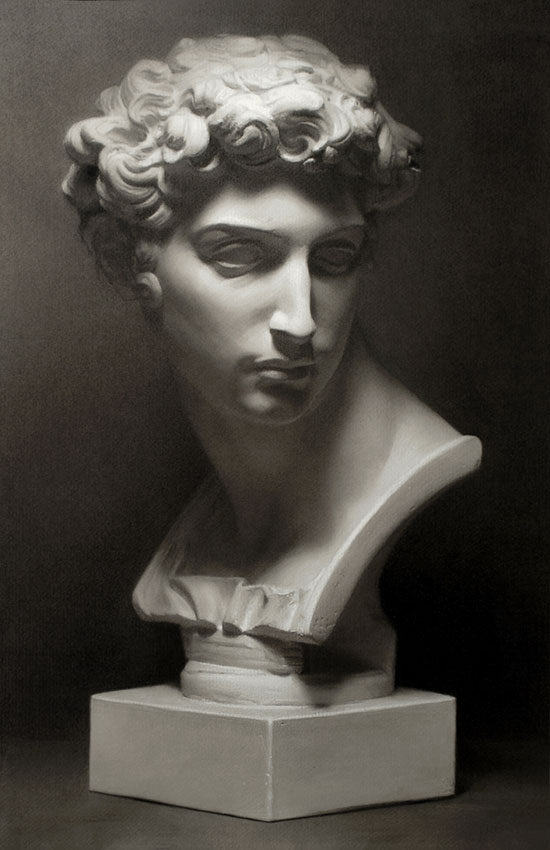
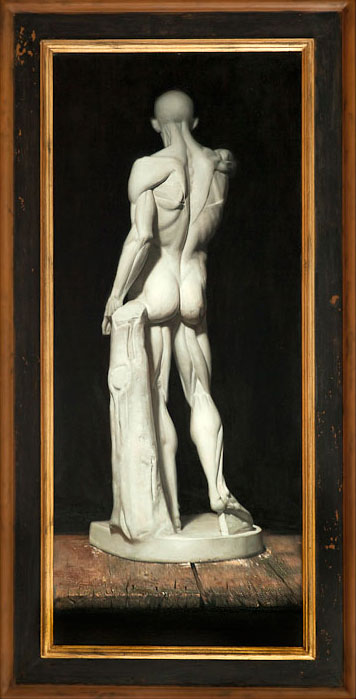
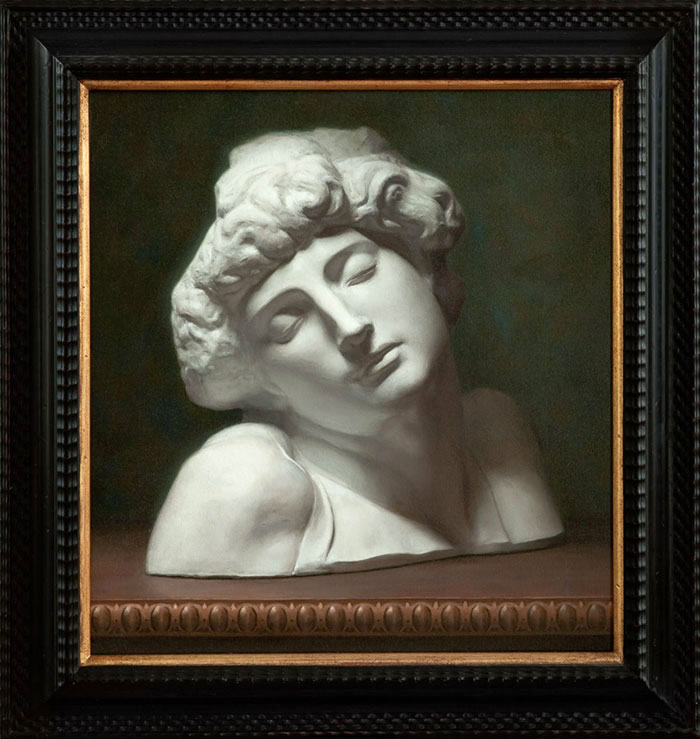
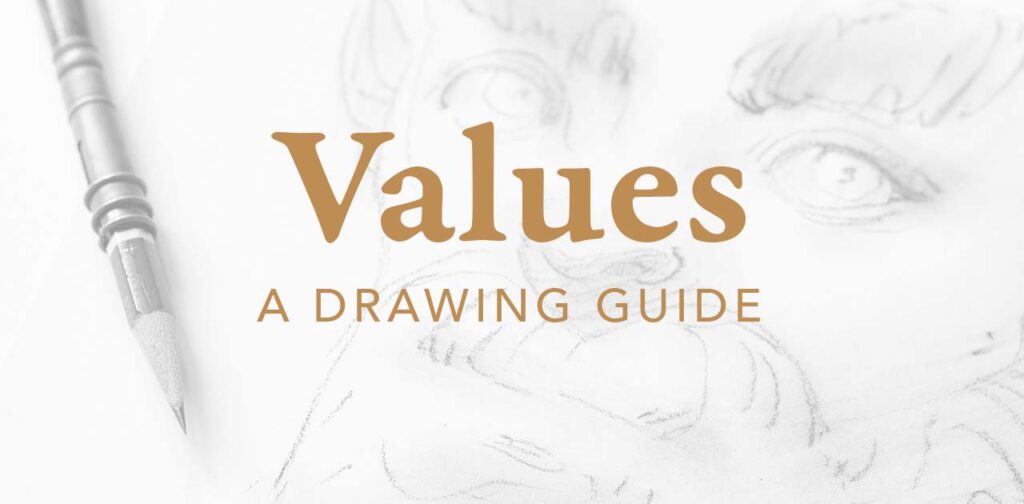
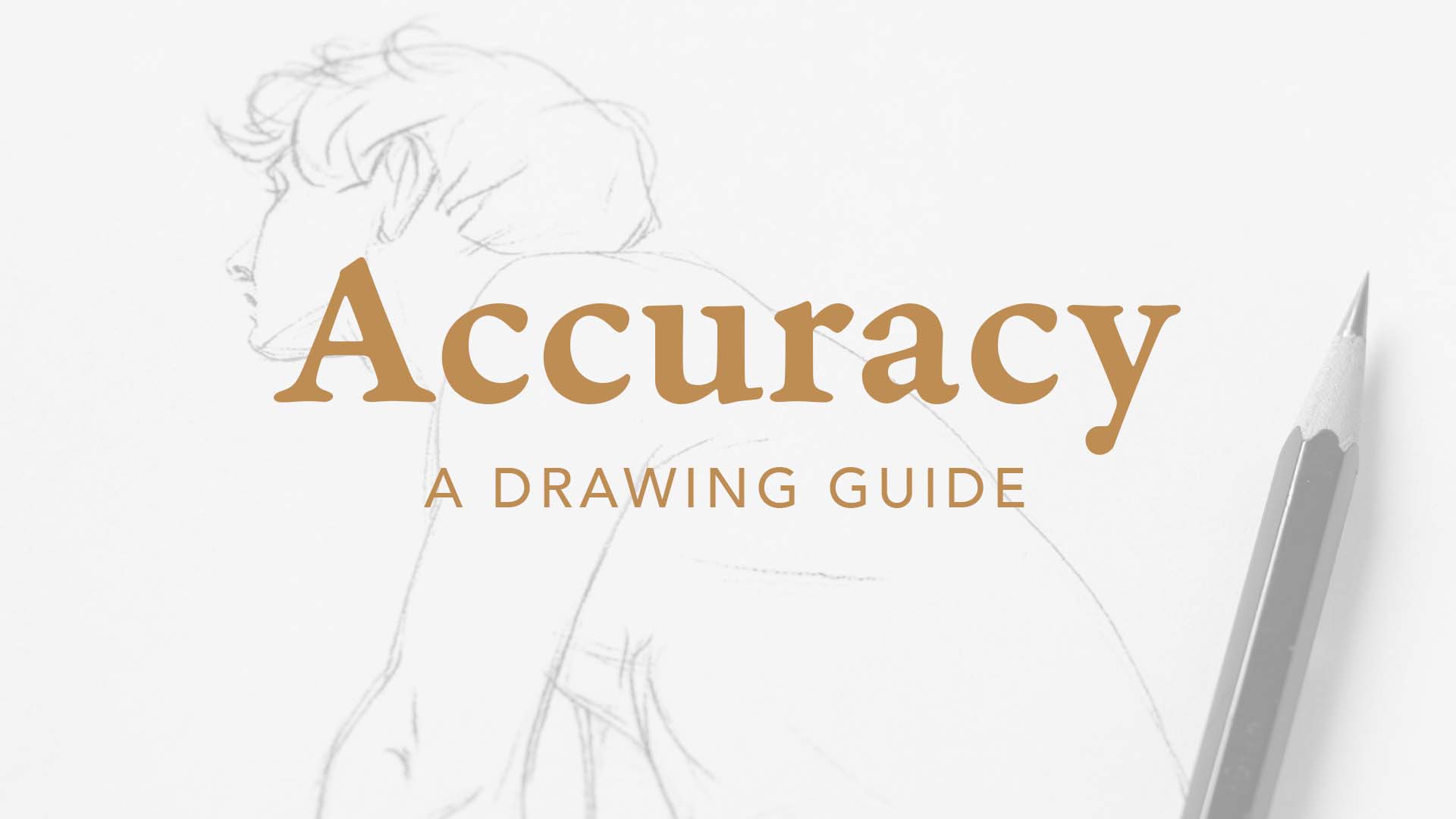
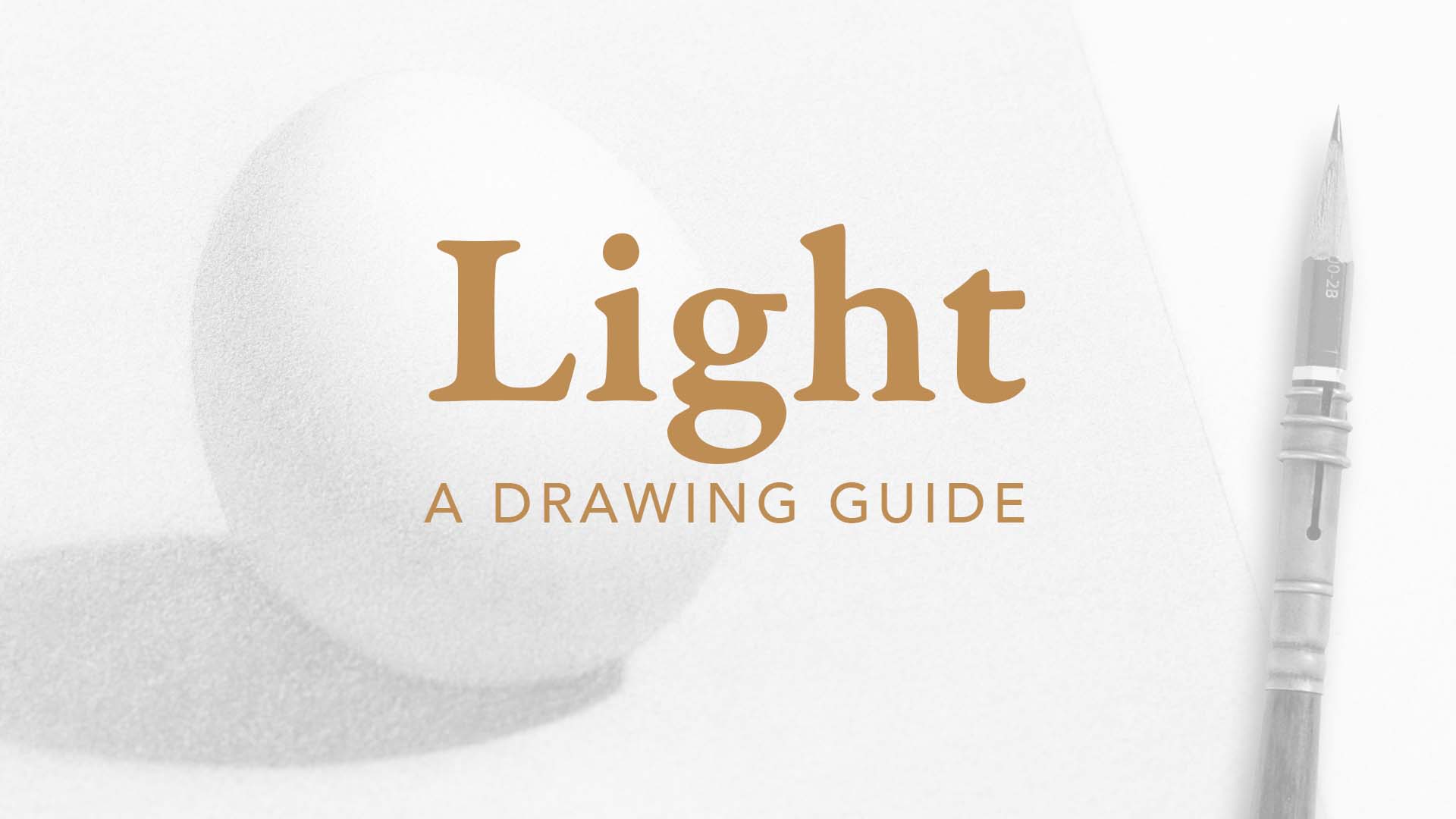
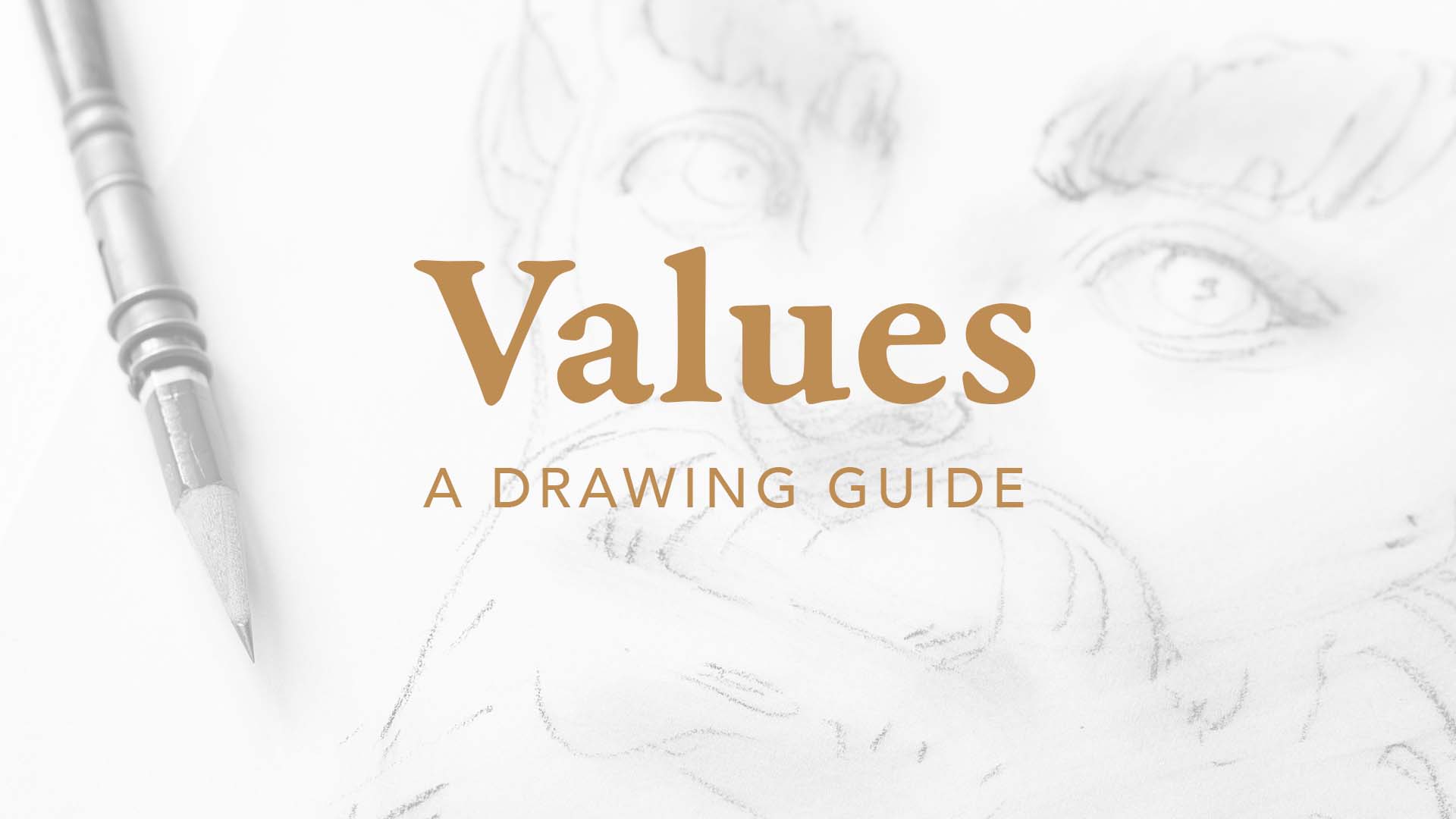

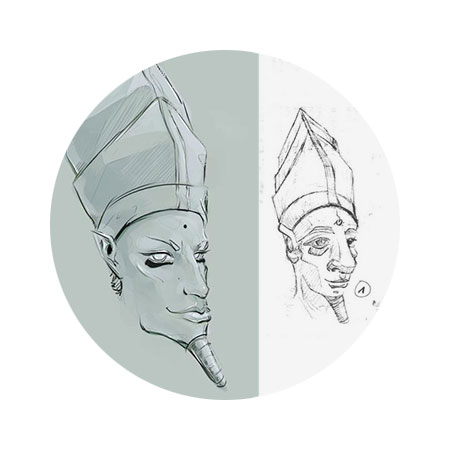
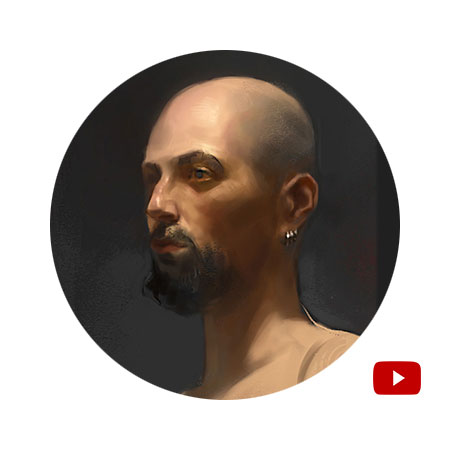
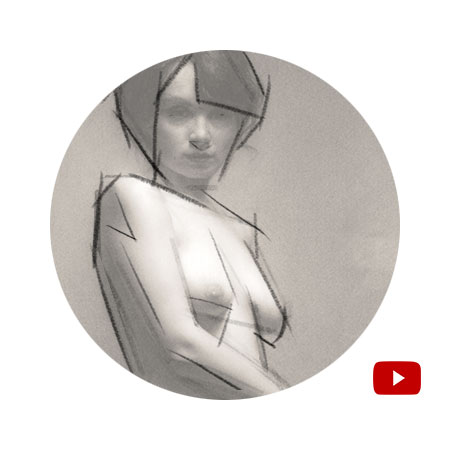
I was fortunate to work from casts at a private art academy in Victoria, BC with Slades of London graduate back in the late 1960’s. Critical process for learning and much appreciated. Thank you for affirming that, and for such excellent work. I’m glad you mention the amount of time it takes to render with such careful observation and accuracy, such attention to form and tonal value. I hope you are okay that I mention you in an upcoming lecture I’m doing on Life Drawing. It will primarily focus on my personal experience but I love what you have to say.
Hi Dianne,
Thank you for your kind words! Of course, you can mention me, I’d be flattered 🙂 Thank you for asking!
All the best,
Dorian
Great article and superb drawings Dorian! What would you say about drawing photos of casts when one does not have access to real ones?
Thank you, Kavish!
When you draw from photos you can still learn many things about drawing. The skill you won’t learn is how to translate a three-dimensional subject into a two-dimensional drawing. But you can learn that by drawing other subjects. So I’d say go for it!
Great! Thank you!